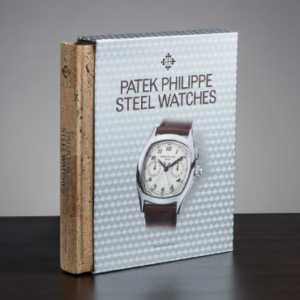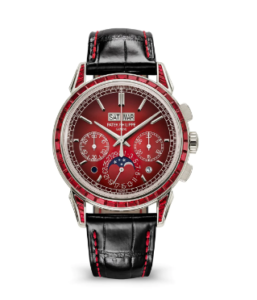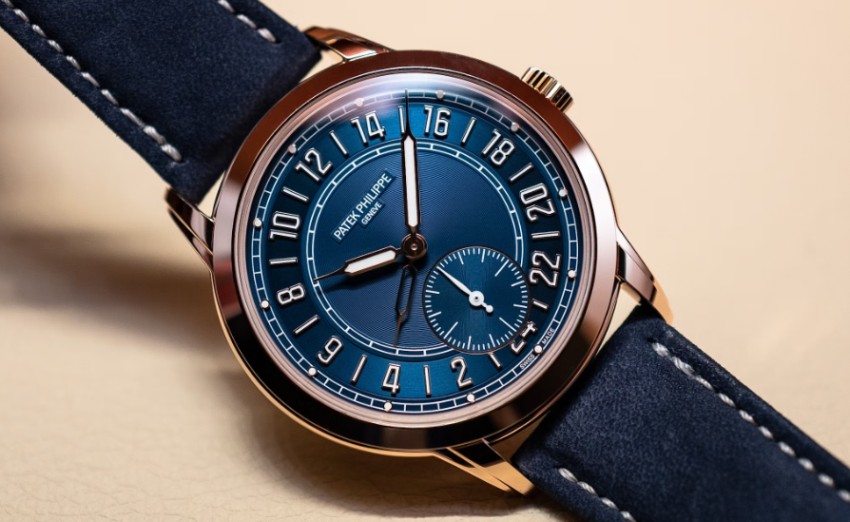Piaget’s vintage watches are becoming popular. Their watches are very interesting and very elegant and offer great value compared to other similar watches (*cough, cough, Cartier). Piaget’s past catalog is a master class in style and ultra-thin movements. Some say that the traditional conversation among collectors is that formal watches from the 1950s to 1970s are undervalued; however, the same formal watches from Cartier, Patek Philippe, and Audemars Piguet are at least 2-3 times more expensive compared to Piaget. Piaget vintage watches are characterized by great dial makers, fantastic case designs and bracelets, and in many cases, ultra-thin in-house movements. These details are rarely mentioned, which makes them quite valuable to collectors, especially when many precious metal Piaget watches are under $4,000. Here are various examples I have encountered over the past year that I hope will be a breath of fresh air for those interested in design-focused watches with serious horological value.
Most closely associated with their ultra-thin movements is Piaget, one of the few manufacturers to have earned a reputation for specializing in coin who sells the best replica watches. These are extremely rare and exceptional pieces that require the dissection of two coins, an area carved out for the movement by a master case maker, and the creation of a hinged component that is perfectly placed between the two sides. For those who appreciate the craftsmanship at the intersection of movement, case-making and numismatics, these timepieces are remarkable. Among the Piaget numismatic watches we have on display at Wind Vintage is an exceptional model from the 1970s, signed by Piaget and mounted on a $20 coin from 1904.
The second example, made by Piaget for Cartier, uses the famous 1908 U.S. “Double Eagle” twenty-dollar gold coin. This gold coin was designed by Augustus Saint-Gaudens. It measures 34.5 mm x 3.75 mm and dates back to the 1960s. It is not every day that we see a timepiece in the shape of a coin, so when we do, it is a special case, regardless of the manufacturer. For Piaget, however, this is just another fascinating genre for the brand. An interesting anecdote for those keen on numismatic watches is that Saint-Gaudens also designed the $10 Indian-Headed Eagle gold coin that Patek Philippe used in their Reference 801.
I also love and appreciate the examples that have integrated bracelets. Not only are these designs very striking, but their textures are quite stunning. These “fine jewelry” models were often brutally melted down for scrap value, but when you consider the way these bracelets were made, it would cost a lot of money for a maker today to create something like this. It’s certainly a style that you don’t see today, and I hope these are understood as special creations and preserved for future generations rather than melted down for their gold content. In addition, these watches often have very complex dials that were among the best quality in the 1960s and 1970s.
When you see someone wearing a vintage Piaget watch with confidence, it is clear that they have a different view and appreciation of horology than most people. Although this style has not yet taken off, people will certainly understand if these outdated designs become popular in the near future. It takes a different kind of enthusiast to gravitate towards more glamorous timepieces rather than those that fit the everyday look.
The Piaget 9131C4 watch above is a very fine watch. Named C4, the C4 denotes the Clous de Paris hobnail decoration on the case and strap. In addition to its stunning condition, it has a very good provenance. It originally belonged to Saul Holiff, who was the personal artist manager of singer Johnny Cash from 1960 to 1973. The back of the watch is beautifully engraved with “S.I.H. Nov. 61. According to Saul’s family, he purchased the watch to celebrate the signing of Johnny Cash’s management contract.
When it comes to automatic models, there are many things to admire. Of course, it is worth pointing out the shape of the case. Some of the designs are wider and take on a distinctly cuffed shape on the wrist. These watches youdeservefacts.org are more often made of precious metals, and unlike my preference for tan and non-exotic leather, they are an exception to the rule. These watches benefit from thick gold bracelets or richly textured straps. The Piaget 13409 in the cushion-shaped case below is one such example. It is very stylish and is the antithesis of the mainstream. The dial and case have a Clous de Paris texture and are very pleasant to look at from different angles. Snailed cases like this one are relatively rare when over-polished, and it seems that this texture acts as a deterrent for jewelers to do anything rash. As a result, you can see clear hallmarks throughout the case. The appliquéd hour markers have a thick geometric angle that, when you study them closely, is almost reminiscent of Schroeder’s staircase.
Of all the Piaget timepieces, my personal favorite is the model with the stone dial. The Piaget 12P pictured above is such an outstanding timepiece with its striking tiger’s eye dial. It does not have any hour markers, giving it a pure feel. Under a magnifying glass, the lettering is printed and has a gold leaf texture with gold lettering. These watches are bold and loud, but they don’t make an off-putting impression. Perhaps this is because they are uncommon and would reflect more of an eclectic owner than a flashy one. At the time of its release in 1960, the 12P movement stood at a staggering 2.3 mm, making it the thinnest automatic movement. Interestingly enough, Piaget is still quite proud of their 12P movement and has a page on their website dedicated to this 60+ year-old movement. While I don’t expect the value and popularity of these watches to suddenly skyrocket, it is exciting to see watch enthusiasts begin to appreciate the great value and style of vintage Piaget watches.
